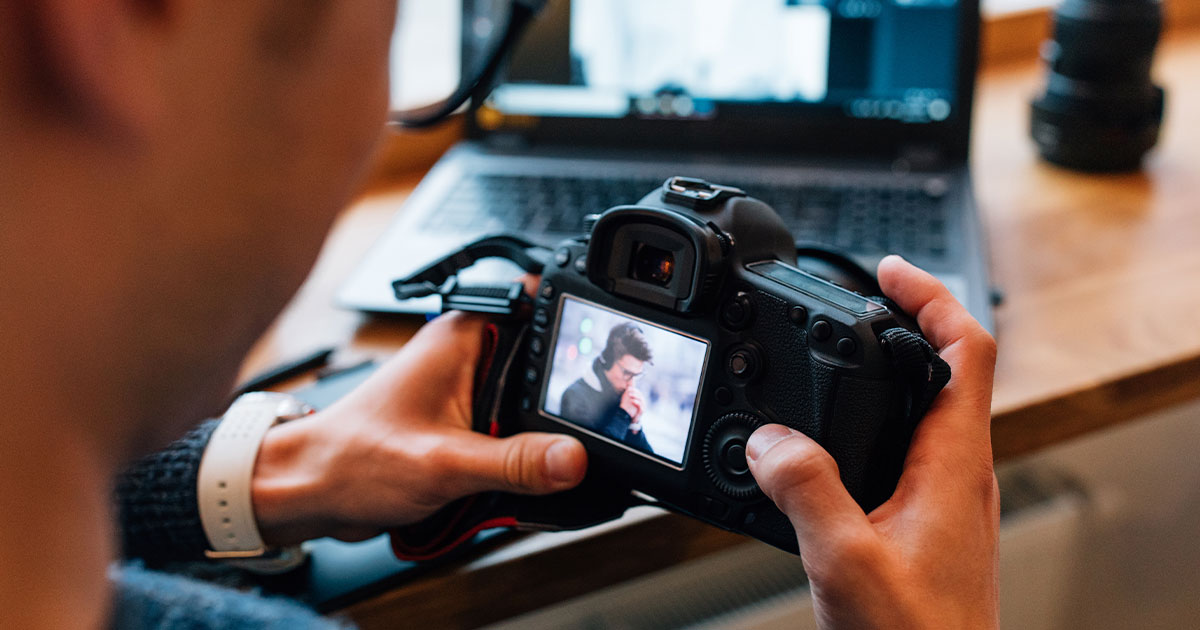For many of us, the COVID-19 pandemic has caused a huge shift in our lifestyles and how we used to do things. We’ve learned how to adapt to an online setting in terms of work, school, and errands, as well as learn how to adapt to a world where social distancing is the norm. Industries themselves have had to adapt with the help of online technology, making it fully possible for entire offices to carry out operations virtually. One of the industries that were hit the hardest by the pandemic was the Lakeland video production industry.
This forced video production professionals to figure out how to adapt, and some of these changes have had lasting effects on how they do things. Learn more about industry changes here.
Moving production remotely
Of course, the biggest change that the pandemic has brought about the industry is the implementation of more remote protocols for various parts of the production. Before, an entire video production project had to be carried out in person, with the only remote aspect of it being the post-production stage since this was mostly editing and effects.
However, with the forced lockdowns, many production projects have realized that they can get away with remote production systems more than they initially expected. One way that some productions have moved online is through the use of stock footage for some of the general shots that are used in many videos.
Some professionals scoff at the idea of using stock footage because it seems like low-effort work, but in reality, when used properly, stock photos can do a lot for a video production project. These are typically used for transition or establishing shots that don’t contain any of the cast, like a shot of the city or landscape. It is cheaper and safer to use these, instead of having to go on-site for a few seconds of footage that doesn’t make a huge difference to the project.
Virtual sets
Another way that the pandemic has made a difference in the world of Lakeland video production is the discovery and implementation of virtual sets. While green screens have always been an invaluable tool for special effects, many productions have realized the full potential of these and have started using entirely virtual sets for their projects.
This means that all backgrounds and locations are cast virtually so that the production filming can take place entirely in one location. There is a growing market for virtual sets and the technology that is being used for this is growing more advanced, making it hard for the naked eye to distinguish virtual sets from on-site footage.

